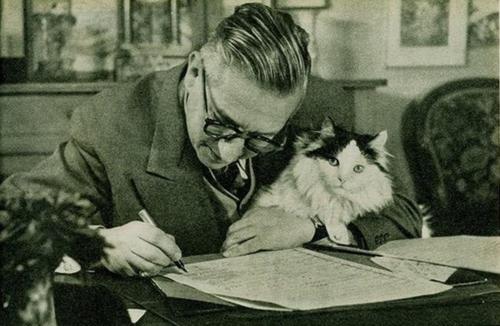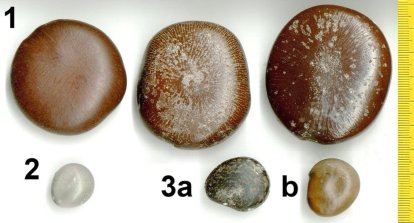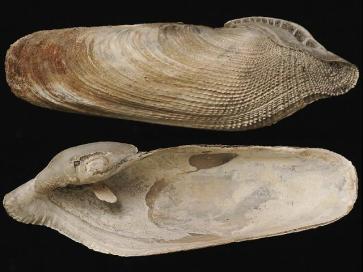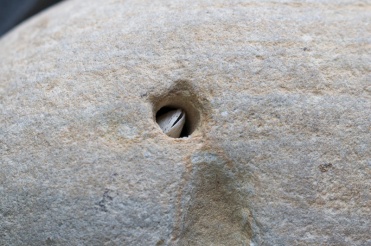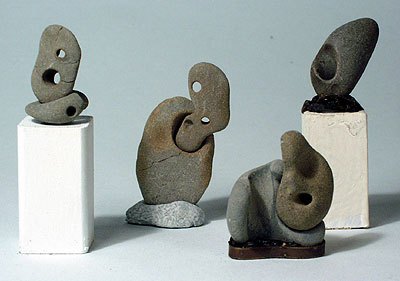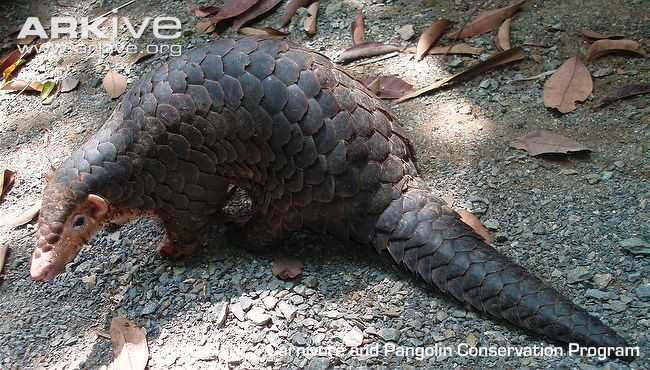As long as I can remember, I have found it very hard to stay in one place for any length of time. When it comes to my career, this is a pain, but for everything else it’s wonderful; even when lying in bed hungover I am guaranteed that a small voice in the back of my head will start nagging me to get up and check out somewhere new.
It follows, then, that I love to travel— dropping in on a foreign country, garbling my way through a phrasebook, wrestling with the public transport system, and immersing myself as much as possible in the unfamiliar culture. I get wide-eyed with excitement— the sheer newness of everything from the word for ‘Hello’ to the different items available in shops drives me into a state of mind simultaneously blissed-out and hypomanic.
With this mood approaching, I set-off for the Austrian Alps— to help out with the school ski trip. Despite my love of travel, I had been in two minds about this use of my Easter holiday. On one hand, I was thrilled to finally see some proper mountains (I come from a very flat part of Suffolk), on the other, I was faintly terrified of being made to ski again. This sounds ridiculous, but on the two occasions I had been dry-slope skiing, I had successively broken two ribs and put my back out. The saying: ‘Once bitten, twice shy’ came to mind, as did numerous visions of me falling down, skiing into trees, breaking bones, etc. Among the other school staff I had acquired the title: ‘Posh Boy Can’t Ski’. I laughed along, but couldn’t help but feel a mild sense of dread creeping up on me as the end of term approached.
In my mind, I had a number of scenarios:
- Fake an injury and befriend the local wildlife. Like the boy in the picture below, I hoped my ribs would play up so I’d get to make like a quasi-ginger Snow White and befriend the local fauna.
- Find my skiing sensei, make like a Rocky montage and go from tripping over my own skis to whizzing down black runs yodelling like Tarzan crossed with an Oompah band.
- Lose my memory after skiing into a tree and spend the rest of the week running around the valleys like some strange, well-spoken Yeti.
- Flee across the border while no one is looking and spend the rest of the week scratching a life in north Italy writing poems for food + shelter.
- Have a religious epiphany and make like a Russian Mystic, while birds bring me food St. Francis style.
And so on…
But naturally, it didn’t end in any of the ways listed above. In fact, it was like nothing I had expected. Even looking out the coach window at the Alps I felt perturbed by the scale of the place, its sheer presence and inescapability. Being used to being able to see the horizon from wherever I am, I perceived the mountains like a bizarre interruption of my usual line of sight— and would have resented them if not for the complexity each new vista presented to me. I saw various conifers, stemless gentian, reeds, bogs, the v-shaped notch of fast flowing streams, buzzards, ravens, and hooded crows complete with their trademark little silver waistcoats.
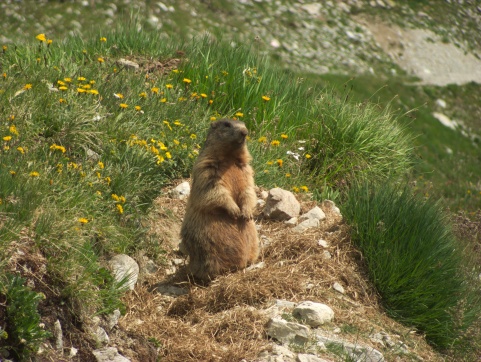
Although faintly stunned by the scale of the place, I was also aware of a certain sparseness. Up until this point, I had thought of mountain ranges as fortresses of biodiversity, inaccessible and inconducive to human industry. I could not have been more wrong. The uniform planting of conifers, the limestone quarries, and even the ski slopes all suggested to me that these mountains were hardly a wellspring of ecological wellbeing. Rather, I was given a brief snapshot of the staggering scale of human ingenuity. Naively, I had expected businesses to be somewhat put off by the difficult terrain: this was hardly the case. In the few hours the coach was driving through the Alps I saw specialist logging machinery, numerous kinds of industry, and lorry after lorry carrying materials through and from the mountains. Although a far cry from the agricultural monocultures I had grown up familiar with (with some exceptions, of course), I couldn’t help but feel my initial awe being quickly undercut by an insurgent sense of, for want of a better word, disappointment.
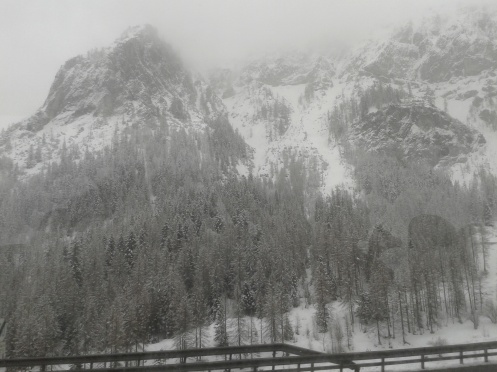
Yet human ingenuity has its place. In many ways the history of the Alps is bound up with the history of their human inhabitants— the actions of which are not necessarily always to the detriment of the place. Traditional farming techniques promote diversity in upland meadow areas that would otherwise revert to scrub, and the money brought in by the (now dominant) tourism industry goes some way to ensuring the local government is at least faintly concerned with preserving the landscape. Whether this preservation is for the best is debatable— as ecological systems, in order to be healthy, must be allowed to change’. That a landscape should be unaltered for, say, 50 years, might be good for people with cameras, but might not be best for the habitat. As in most situations, stagnation rarely leads to good outcomes. In fact, there have been humans living in the Alps for as long as 10 000 years— and the mountain range remains a sight of archaeological interest. Much as I was tempted to follow the typical knee-jerk reaction and blame industry for all ecological ills, even a quick survey of a wikipedia page can prove that it’s a much more complicated situation than it first appears.
The first question I found myself asking off the back of this was: why should someone want to preserve an ecosystem indefinitely? I found some answers in the book ‘Feral’ by George Monbiot. Although advertised as a book on ‘rewilding’ it necessarily touches on a number of different topics, among them the pitfalls of current conventions in conservation. In fact it’s hard to write about ecology without going off in hundreds of different directions. It seems fitting (at least to me) that writing about ecology should appear as messy and organic as the subject itself. Monbiot refers to current practises in his provocative chapter ‘The Conservation Prison’ (pp 209-226) as curatorial— aiming to preserve land on the grounds of value judgements disguised as sound, scientific judgement. The consequence is that:
‘If an ecosystem cannot adapt, its richness, structure and complexity will decline even faster than they are today’ (p.221)
The only way ecosystems can keep up with the rate of climate change, and adapt in the face of the changes the anthropocene age has set into motion is to become more ‘self-willed’— to be that is ‘rewilded’. Rewilding is a pretty gigantic concept in itself— and the few books I’ve so far read on the subject couldn’t have been further apart in their justifications for, say, reintroducing the Wolf to Britain, or coppicing less trees. But all the same, the phrase ‘self-willed’ intrigued me.
First, the anthropomorphic nature of the phrase caused me to raise an eyebrow. Does an ecosystem really ‘will’ anything? And if so, is it in a way similar to the way a human society might ‘will’ something? I think back to reading James Lovelock’s various books of Gaia theory and shudder slightly— and recall the way some writers have a habit of mythologising and totalising the ecological world makes my skin crawl. I’d rather throw my laptop on the floor and scream ‘it’s hopelessly complex’ than think in such a stunted way.
And yet, the phrase ‘self-willed’ remains stuck in my mind. Even as a metaphor for allowing an ecosystem to change and function without direct, sustained human intervention, it is a useful term. From an existential angle, I consider all the possibilities open to a simple patch of moor once people stop grazing sheep on it. Abandoned to chance, all manner of different factors come into play, with different effects and outcomes. Without someone to curate the moors living museum, it could develop in directions even ecologists could not necessarily predict— some dead wood blown from the top of the hill could become the home of new beetle species for example, or a flash flood could simply clear the whole thing away…
The ability of an ecosystem to self-determine, in short, is one I find fascinating, and feeds into all sorts of interesting ideas about plant and animal selfhood. The presence of human industry on the Alps had upset my sense of the sublime, almost as much as being on a coach with 40 students had upset my general sense of tranquility. The issue for me appeared to be more and more one of humanity’s coexistence with nature. Is a kind of equality desirable? Or is a slight reduction to the damage already done all we can hope for in the future? Regardless, I could see it was going to be a heavy week for me…


